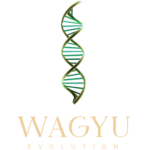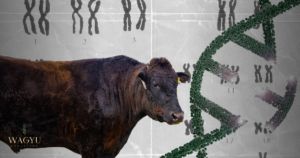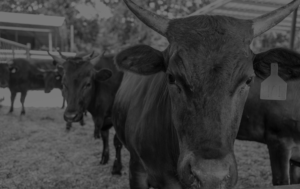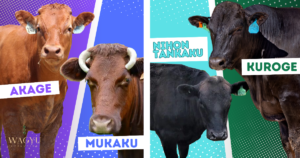Sandwich Crossbreeding and Five Way Crossbreeding
Table of Contents
Sandwich Crossbreeding is a method of crossbreeding Japanese Black cattle (Kuroge Washu) proposed by Miyagi Prefecture veterinarian Shoichi Miyashita. This method divides breeding bulls into two categories: volume type, which promotes growth, and quality type, which enhances meat quality. The three generations of ancestors (father, maternal grandfather, and maternal great-grandfather) are alternately crossed between the two types, resembling a sandwich (e.g., volume type – quality type – volume type, or quality type – volume type – quality type). This method increases carcass weight, improves meat quality, and stabilizes overall carcass performance. . This method was developed based on the performance results from carcass competitions nationwide, aiming to create a stable system for producing high-quality meat. Some farms in the prefecture have started to use this method as a reference.
Five Wagyu Crossbreeding Points
- Alternating crossbreeding of quality and volume type bulls (Sandwich Crossbreeding)
- Balanced breeding of quality and volume
- Crossbreeding of five pedigrees (Tajiri, Kikumi, Shigekane, Fujiyoshi, Kedaka) within four generations
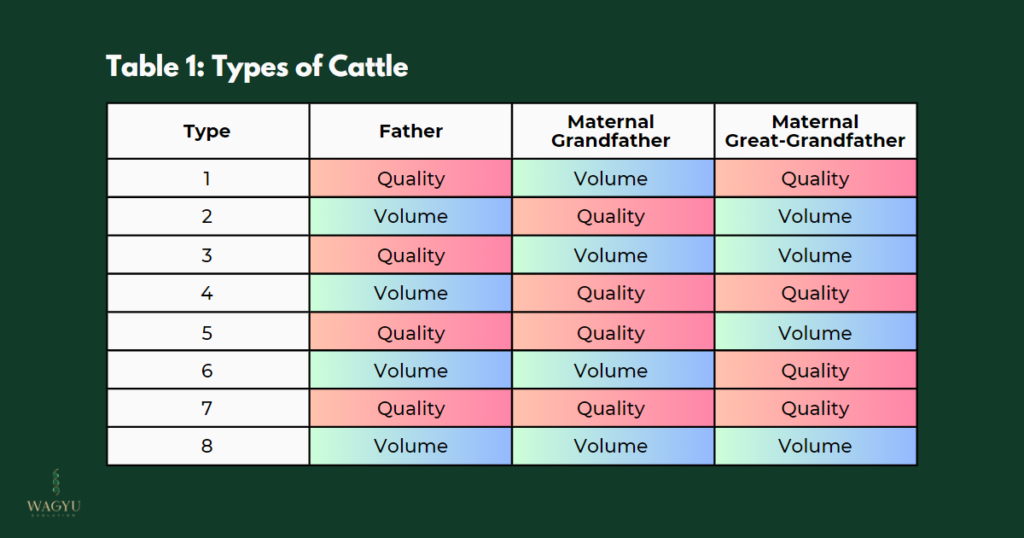
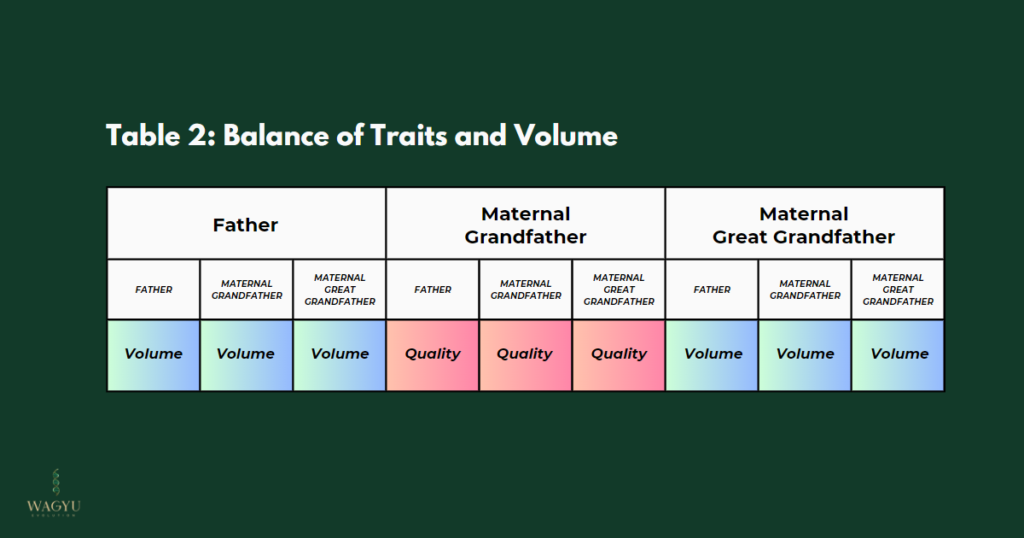
Sandwich Crossbreeding Method emphasizes the importance of the combination of the bull’s three ancestors (father, maternal grandfather, maternal great-grandfather) in determining the carcass performance, and categorizes them into eight types based on their combinations and carcass values. Types 1 and 2 are considered sandwich types (Table 1). For balanced breeding of quality and volume, the balance is determined by tracing back the lineage of the three ancestors. For example, in Table 2, the balance of quality is 3 and volume is 6, resulting in a 3:6 ratio.
Overview of the Five-Way Crossbreeding Method
The five rules of the five-way crossbreeding method are as follows:
- Use a sandwich crossbreeding technique where the second-generation ancestor (F2) is sandwiched between the first-generation ancestor (F1) and the third-generation ancestor (F3).
- By the third (or fourth) generation, include two lineage types for volume (Ito and Kedaka lines) and three lineage types for quality (Nakadoi, Kumanami, and Kinosaki lines), totaling five lineages, with a minimum of five-way crossbreeding.
- Balance the quality and volume traits in the fourth generation to a ratio close to 4.5:4.5.
- Achieve hybrid vigor effects through the above methods.
- Implement a set-type crossbreeding where each of quality, volume, and half traits are included by the third generation.
To determine the type of crossbreeding, check the lineage of each ancestor up to the third generation and assess how many types are included overall.
The balance between quality and volume is calculated by assigning a ratio to each ancestor from the first to the third generation, aiming for a total of nine, and dividing the sum by three to get the balance for that cow (Table 2).
Results of the Five Way Crossbreeding Method
In a study by MAFF In the Shodoshima region, the number of breeding Wagyu cattle increased from 8 in 2005 to 48 in 2008, driven by a shift from dairy farming. However, due to insufficient experience with the bloodlines and breeding methods of Japanese Black cattle among breeding farmers, guidance was sought.
To address this, as a preliminary step towards theoretically-based breeding, we evaluated the breeding method proposed by Masakazu Miyashita of Miyashita Veterinary Clinic using island carcass performance data. Cattle were classified into eight types based on the bloodlines of their third-generation ancestors, and the proportions of high-quality and high-volume breeding bulls were calculated. The results indicated that alternating high-quality and high-volume breeds in a “sandwich-style breeding” approach produced favorable carcass results when the proportions were balanced.
Believing in the effectiveness of this breeding method, They began guiding farmers. For managing breeding bulls, and created management charts and breeding analysis tables using color-coded bloodline composition diagrams for both the bulls and cows, selecting bulls in line with market trends to produce high-quality feeder cattle. Concurrently, efforts were made to increase the number of Wagyu cattle that were breeding.
References
https://www.pref.kagawa.lg.jp/documents/12620/2.pdf
https://lib.ruralnet.or.jp/genno/yougo/gy112.html
https://miyagi.lin.gr.jp/tikusanmiyagi/No267.pdf
https://www.pref.tottori.lg.jp/secure/831113/h24_07.pdf
https://www.maff.go.jp/j/syouan/douei/katiku_yobo/k_kaho/pdf/syoroku_50.pdf
